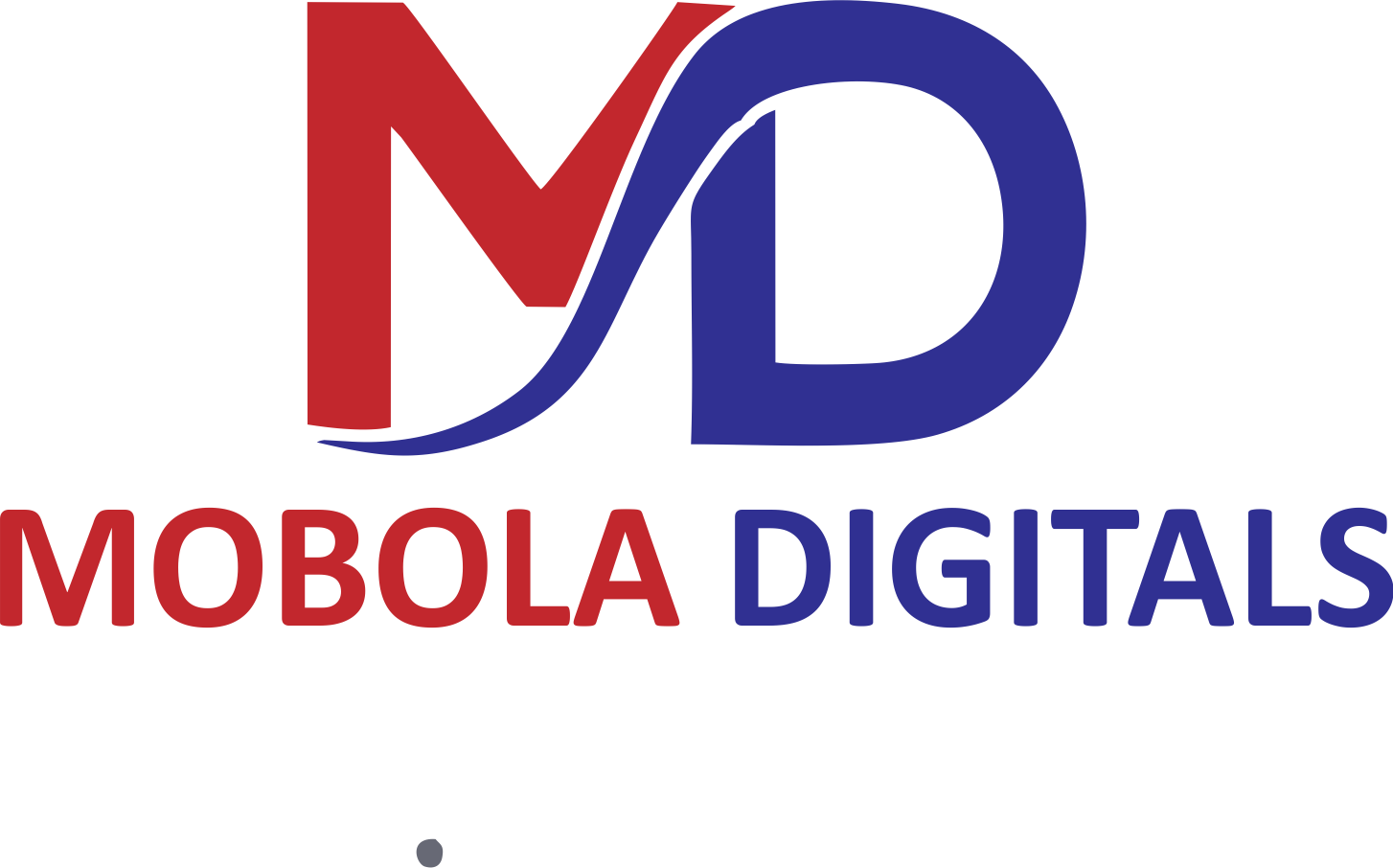What Happened During the Capital One Outage?
The Capital One banking outage left countless customers unable to access their accounts, make transactions, or even contact Capital One customer service effectively. Reports about Capital One being down started surfacing early in the day, with users taking to social media to voice their concerns. Hashtags like #CapitalOneDown and #BankingOutage quickly began trending, highlighting the widespread impact of the issue.
The technical issues were not limited to a specific service. Customers reported problems with the Capital One mobile app, website, and even ATMs. For many, routine banking activities such as transferring money, paying bills, or checking account balances were impossible, leaving them in a state of uncertainty and frustration.
Understanding the Impact of Technical Issues Today
When banking systems experience technical issues, the effects can ripple across multiple sectors. For individuals relying on Capital One banking for daily transactions, a sudden outage can disrupt everything from grocery shopping to rent payments. Businesses that depend on Capital One’s merchant services or payroll systems might also face significant delays, leading to lost revenue or operational hiccups.
During the recent Capital One technical issues, several customers shared their stories online:
Missed Payments: Many users reported late fees and penalties because they were unable to process timely payments.
Declined Transactions: Some found themselves stranded at stores or gas stations when their Capital One cards were declined.
Delayed Transfers: Individuals waiting for crucial funds experienced stress and anxiety due to delayed bank transfers.
These incidents underscore the importance of having contingency plans for banking outages and understanding how to navigate such challenges effectively.
Capital One’s Response to the Outage
Whenever technical issues arise, customers naturally turn to Capital One customer service for support. However, during this outage, many reported long wait times, difficulty reaching representatives, and vague responses regarding the timeline for resolution. This lack of clear communication added to the frustration for many users.
Capital One issued a statement acknowledging the problem, assuring customers that they were working diligently to resolve the issue. They also recommended alternative ways to manage finances during the downtime, such as:
Using other payment methods, such as cash or secondary cards.
Monitoring their social media channels for updates.
Keeping receipts of declined transactions to dispute charges later if necessary.
While these measures are helpful, they may not fully mitigate the inconvenience caused by such outages, especially for customers who rely heavily on Capital One banking for their financial needs.
Why Do Banking Outages Happen?
Banking outages like the recent Capital One downtime can occur for various reasons:
System Upgrades: Scheduled maintenance or updates can sometimes lead to unexpected technical issues.
Cybersecurity Threats: Financial institutions are prime targets for cyberattacks, which can disrupt systems temporarily.
Server Overload: A sudden spike in user activity, especially during peak times, can overwhelm banking servers.
Technical Failures: Hardware malfunctions or software bugs can lead to outages.
Natural Disasters: Physical damage to data centers due to weather events can also impact banking services.
Understanding these potential causes can help customers remain patient and informed during outages.
What Can Customers Do During a Banking Outage?
While it’s impossible to predict when technical issues will strike, there are steps you can take to minimize the impact of outages like the recent Capital One banking downtime:
Have Backup Payment Methods: Always carry an alternative form of payment, such as cash or a card from another bank, to avoid being stranded during an outage.
Monitor Official Updates: Follow Capital One’s social media channels or website for real-time updates about the status of the outage.
Document Issues: Keep track of any declined transactions, fees, or other issues resulting from the outage. This documentation can be helpful when contacting Capital One customer service for reimbursement or clarification.
Enable Alerts: Set up alerts for your accounts to receive notifications when services are restored.
Consider Switching Banks: If outages become a recurring issue, it might be worth exploring other banking options that offer more reliable service.
How Capital One Can Improve
The recent outage has highlighted several areas where Capital One can enhance its services and customer support:
Proactive Communication: Timely and transparent updates during outages can go a long way in easing customer concerns.
Enhanced Infrastructure: Investing in more robust technology can help prevent future technical issues.
Compensation Policies: Offering fee waivers or goodwill credits to affected customers can demonstrate accountability and build trust.
Improved Customer Service: Expanding support teams and offering more self-service options can reduce frustration during high-demand periods.
Looking Ahead
The Capital One banking outage serves as a reminder of the challenges that come with our increasingly digital financial systems. While such technical issues are often unavoidable, both banks and customers can take proactive steps to mitigate their impact. For Capital One, addressing the root causes of the outage and enhancing customer support will be critical in restoring confidence.
As customers, staying informed and prepared can help navigate the uncertainties of banking outages. Whether it’s having backup payment methods or closely monitoring official updates, a little preparation can go a long way in minimizing disruption during these unexpected events.






0 Comments